All-time High
All-time Low
Volume(24h)
373.83M
Turnover rate
7.58%
Market Cap
4.9318B
FDV
4.9B
Circulating supply
1.63B
Total supply
1.63B
Max supply
Website
Contracts
Explorers
Currency Calculator
{{conversion_one_currency}}
{{conversion_two_currency}}
| Exchange | Pairs | Price | Volume (24h) | Volume % | Confidence | Liquidity Score | Earn |
|---|---|---|---|---|---|---|---|
| {{val.marketPair}} | {{val.price}} | {{val.volume24h}} | {{val.volumePercent}} | Low Moderate High | {{val.effectiveLiquidity}} | Buy / Sell | |
Community sentiment

26%
74%


Bullish

Bearish
| Exchange | Pair | Price | Volume (24h) | Volume % | Confidence | Liquidity Score | Earn |
|---|---|---|---|---|---|---|---|
| {{val.marketPair}} | {{val.price}} | {{val.volume24h}} | {{val.volumePercent}} | Low Moderate High | {{val.effectiveLiquidity}} | Buy / Sell | |
About Polkadot
Where Can You Buy Polkadot (DOT)?
The top exchanges for Polkadot (DOT) trading are currently [Binance](https://coinmarketcap.com/exchanges/binance/), [Huobi Global](https://coinmarketcap.com/exchanges/huobi-global/), [OKEx](https://coinmarketcap.com/exchanges/okex/), [Coinbase](https://coinmarketcap.com/exchanges/coinbase-exchange/), [KuCoin](https://coinmarketcap.com/exchanges/kucoin/) and more. You can find others listed on the [Polkadot’s markets page](https://coinmarketcap.com/currencies/polkadot-new/markets/) on CoinMarketCap. You can now also buy cryptocurrencies like Bitcoin and Ethereum directly by credit card in the fiat currency of your choice. To find out how, [read more here](https://www.binance.com/en/buy-sell-crypto). To check Polkadot price live in the fiat currency of your choice, you can use CoinMarketCap’s converter feature directly on the [Polkadot currency page](https://coinmarketcap.com/currencies/polkadot-new/). Here are some other articles that you may be interested in: * [What Is a Crypto Faucet?](https://coinmarketcap.com/alexandria/article/what-is-a-crypto-faucet) * [What Are Crypto Debit Cards?](https://coinmarketcap.com/alexandria/article/what-are-crypto-debit-cards) * [What Is Web 3.0?](https://coinmarketcap.com/alexandria/article/what-is-web-3-0) * [What Is Yield Farming?](https://coinmarketcap.com/alexandria/article/what-is-yield-farming) * [What Is Crypto Lending?](https://coinmarketcap.com/alexandria/article/what-is-crypto-lending)
How Is the Polkadot Network Secured?
The network uses an NPoS (nominated proof-of-stake) mechanism with validators and nominators.Nominators back validators with their tokens. These staked tokens maximize chain security by making it prohibitively expensive to misbehave. Validators are staked on the Relay Chain and confirm transactions coming from the different parachains. This unique validity scheme enables chains to interact with each other securely under the same rules, yet remain independently governed.
How Many Polkadot (DOT) Tokens Are There in Circulation?
Following the [network’s redenomination](https://wiki.polkadot.network/docs/en/redenomination) after a referendum on Polkadot, DOT balances increased by 100, so one old DOT was equivalent to 100 new DOT. This meant that the initial maximum supply of 10 million old DOT in August 2020 became 1 billion new DOT tokens. The redenomination was undertaken purely to avoid the use of small decimals and make calculation easier. While all balances were increased by a factor of one hundred, this did not impact the distribution of DOT or holders’ proportional share. Polkadot’s first initial coin offering (ICO) was held in October 2017, and the Polkadot price was $0.29, with 2.24 million tokens offered. The second ICO was held in July 2020, and the Polkadot price offered was $1.25, and 342,080 DOT tokens were sold.
What Makes Polkadot Unique?
Polkadot is a sharded multichain network, meaning it can process many transactions on several chains in parallel (“parachains”). This parallel processing power improves scalability. Custom blockchains are quick and easy to develop using the Substrate framework and Substrate blockchains are designed to be easy to connect to Polkadot's network. The network is also highly flexible and adaptive, allowing the sharing of information and functionality between participants. Polkadot can be automatically upgraded without the need for a fork in order to implement new features or remove bugs. The network has a highly sophisticated user-driven governance system where all token holders have a vote in how the network is run. Teams can customize their own blockchain’s governance on Polkadot based on their needs and evolving conditions. Nominators, validators, and collators all fulfil various duties to help secure and maintain the network and eradicate bad behavior. At the end of 2021, Polkadot successfully concluded its first [Parachain auctions](https://coinmarketcap.com/alexandria/article/polkadot-parachain-auctions-go-live). The Parachain auctions followed an un-permissioned candle auction system. The winning bid is the highest bid at the random moment the auction ends. Polkadot assigned the first five slots to the following auction winners: [Acala](https://coinmarketcap.com/currencies/acala/), [Moonbeam](https://coinmarketcap.com/currencies/moonbeam/), [Astar](https://coinmarketcap.com/currencies/astar/), [Parallel](https://coinmarketcap.com/currencies/parallel-finance/) and [Clover](https://coinmarketcap.com/currencies/clover/). These projects will have their parachain slots locked in for 96 weeks, guaranteed by the DOT bidders committed as collateral. As customary on Polkadot, all projects had previously been battle-tested on its de-facto testnet [Kusama](https://coinmarketcap.com/currencies/kusama/).
Who Are the Founders of Polkadot?
Polkadot is the flagship protocol of Web3 Foundation, a Swiss Foundation with a mission to facilitate an open-source, fully functional and user-friendly decentralized web. Polkadot’s founders are Dr. Gavin Wood, Robert Habermeier and Peter Czaban. Wood, Web3 Foundation’s president, is the most well-known of the trio thanks to his industry influence as Ethereum co-founder, Parity Technologies founder and the creator of the smart contract coding language Solidity. Wood is also credited with coining the term Web3. Habermeier is a Thiel Fellow and accomplished blockchain and cryptography researcher and developer. Czaban is the former Technology Director at Web3 Foundation, with a wealth of experience across highly specialized fintech industries.
What Is Polkadot (DOT)?
Polkadot is an [open-source sharded multichain protocol](https://coinmarketcap.com/alexandria/article/a-deep-dive-into-polkadot) that connects and secures a network of specialized blockchains, facilitating cross-chain transfer of any data or asset types, not just tokens, thereby allowing blockchains to be interoperable with each other. Polkadot was designed to provide a foundation for a decentralized internet of blockchains, also known as Web3. Polkadot is known as a layer-0 metaprotocol because it underlies and describes a format for a network of layer 1 blockchains known as parachains (parallel chains). As a metaprotocol, Polkadot is also capable of autonomously and forklessly updating its own codebase via on-chain governance according to the will of its token holder community. Polkadot provides a foundation to support a decentralized web, controlled by its users, and to simplify the creation of new applications, institutions and services. The Polkadot protocol can connect public and private chains, permissionless networks, oracles and future technologies, allowing these independent blockchains to trustlessly share information and transactions through the Polkadot Relay Chain (explained further down). Polkadot’s native DOT token serves three clear purposes: staking for operations and security, facilitating network governance, and bonding tokens to connect parachains . Polkadot has four core components: * Relay Chain: Polkadot’s “heart,” helping to create consensus, interoperability and shared security across the network of different chains; * [Parachains](https://coinmarketcap.com/alexandria/article/what-are-parachain-slot-auctions-and-crowdloans): independent chains that can have their own tokens and be optimized for specific use cases; * Parathreads: similar to parachains but with flexible connectivity based on an economical pay-as-you-go model; * Bridges: allow parachains and parathreads to connect and communicate with external blockchains like Ethereum.
Polkadot News
-

Is the Bitcoin market's fear a sign of an upcoming crash, or a strategic moment to accumulate? Dive into the analysis and expert opinions.
Oct 17, 2025 at 01:35 pm
-

The US government's record-breaking Bitcoin seizure linked to the Chen Zhi 'pig butchering' scam reveals the growing role of law enforcement in the crypto world.
Oct 17, 2025 at 10:00 am
-

Solana and Dogecoin face dips, MAGACOIN FINANCE gains traction. Is this a buying opportunity, or should investors tread cautiously? Let's dive in!
Oct 17, 2025 at 09:30 am
-

Is XRP finally shaking off the retail fear and embracing institutional demand? Analyzing the latest trends and what it means for the future of XRP.
Oct 17, 2025 at 07:00 am
-

A dive into the Bitcoin Fear Index and the movements of Solana, Ethereum, and Cardano. Are we scared, bullish, or just plain confused? Let's break it down, New York style.
Oct 17, 2025 at 05:30 am
-

Newsmax embraces Bitcoin & Trump's meme coin while AlphaPepe leads the meme coin surge. A wild week in crypto where politics, media, and memes collide.
Oct 17, 2025 at 05:21 am
-

Newsmax dives into crypto with Bitcoin and Trump Coin, aiming to be the first NYSE company to hold the latter. Is this a smart move or a risky bet?
Oct 17, 2025 at 05:02 am
-

Explore the latest trends in Bitcoin acquisitions, focusing on the US government's activities and the strategic implications of these movements.
Oct 17, 2025 at 04:48 am
-

Is the Bitcoin 4-year cycle dead? Explore how Fed liquidity and macro shifts are reshaping Bitcoin's price dynamics, and what it means for investors.
Oct 17, 2025 at 03:40 am
Similar Coins



















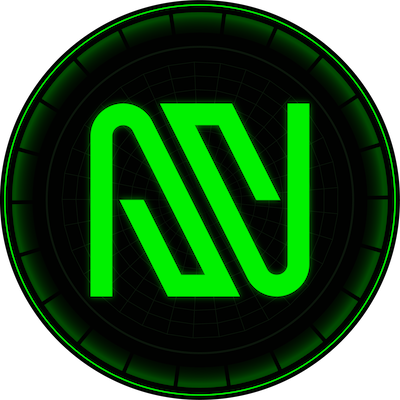




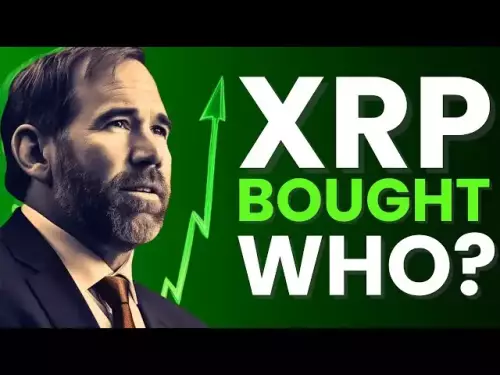

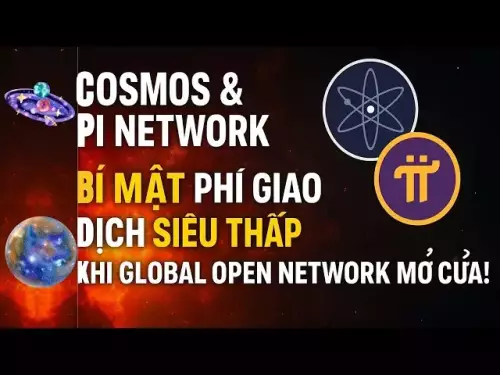












































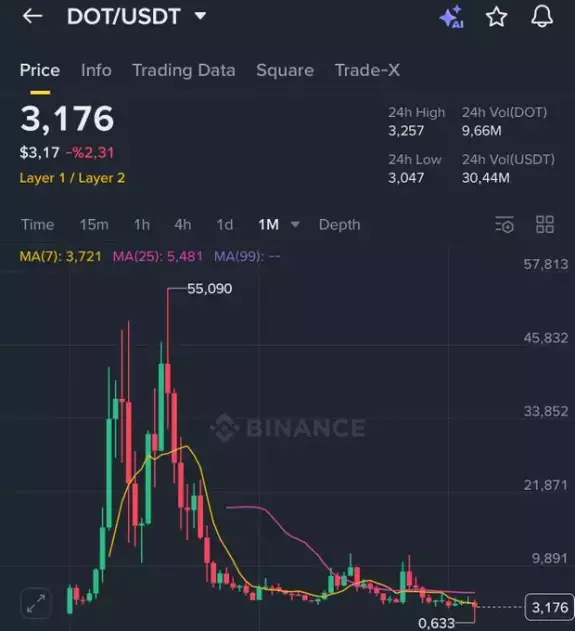

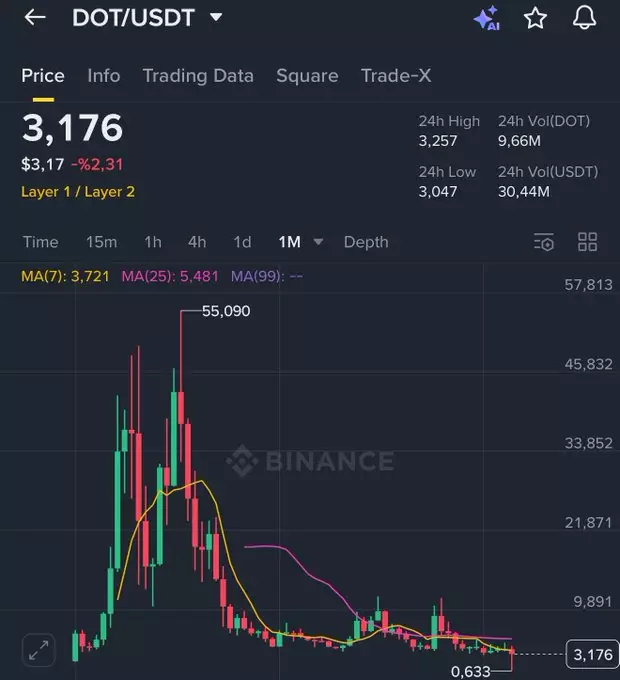



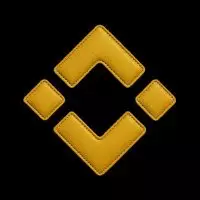






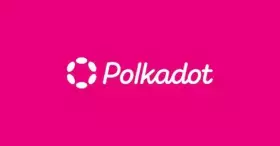




Twitter
GitHub
Close